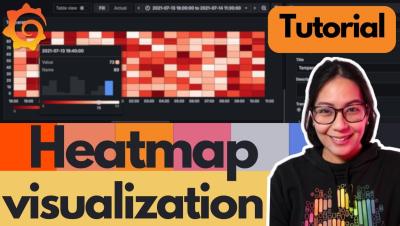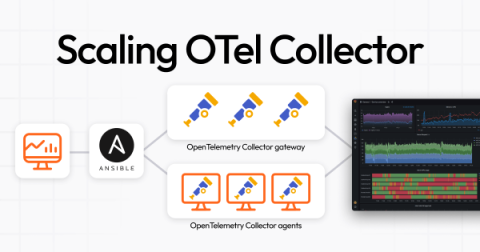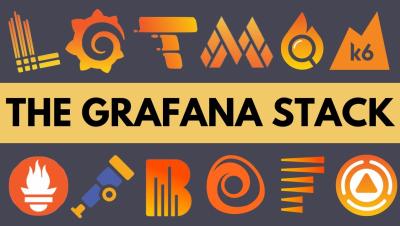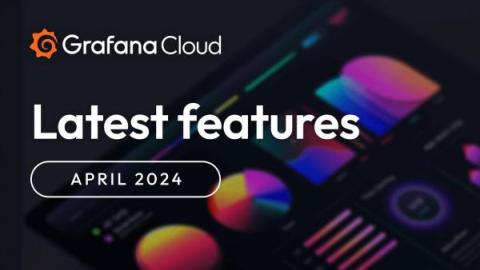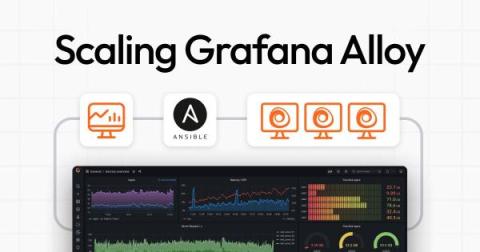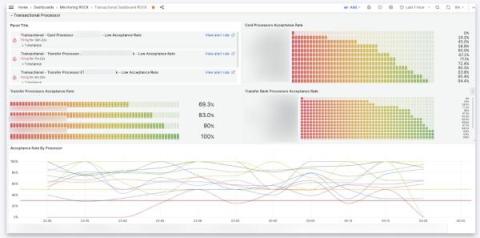Beginners Guide - How to Configure a Heatmap Visualization | Grafana
💡 How is a heatmap different from a histogram visualization, and how do you configure one? Join Senior Developer Advocate Marie Cruz in this beginner-friendly tutorial to learn what heatmaps are and how to configure a heatmap visualization in Grafana.


